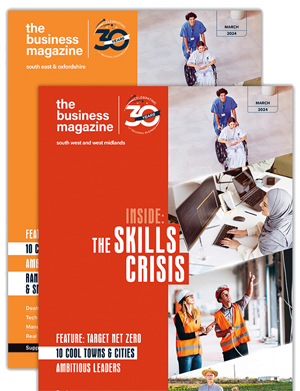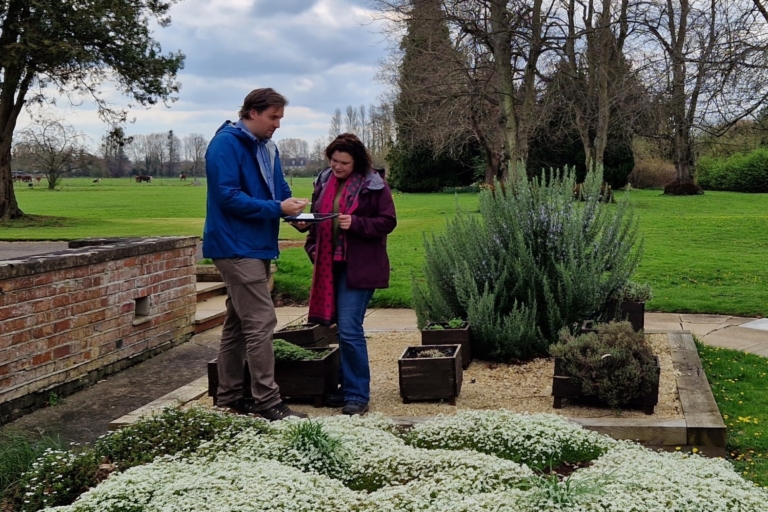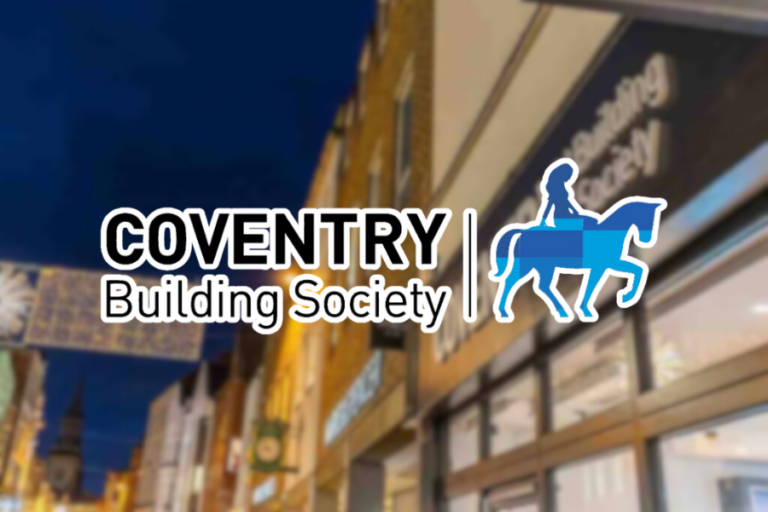Converting the natural conflict that exists in organisations into successful strategies

Conflicting priorities exist in all organisations and can be particularly frustrating for those involved in strategy development, implementation and execution, writes Jeff Callander, programme director of The Strategy Programme, Henley Business School.
Alignment can be a challenge, starting with members of the senior leadership team having different perspectives and interests. Finance tends to be cautious while Sales sees opportunities; HR is concerned with stability when the CEO is looking for growth; and Marketing wants new products and services when Operations is looking for optimisation and minimising variety.
Strategy is about bringing people and resources together to create value that the market is willing to pay for, and therefore should be seen also as a leadership tool to overcome and reconcile differences. The single biggest destructive force facing the success of any strategy is inconsistency of understanding between stakeholders.
Here’s a test – ask your fellow executives what they think the business strategy is and compare their answers for overall consistency. Even better, ask your front line and other key stakeholders such as customers and suppliers. Much variation?
So, this raises the question: “What does both success and failure look like for all key stakeholders?”
The secret is understanding and ensuring that, when developing a strategy and consequently delivering it, all key stakeholders’ drivers are understood. That is not to say that all conflict can be eliminated, but without uncovering the drivers “you don’t know what you don’t know”.
They say a painting is worth 1,000 words. Certainly images are more memorable, and visualisation of success and the barriers to be overcome can really help align an organisation. Scenario painting is a useful technique that puts a strategy in a graphic form, allowing stakeholders to see where their contribution is added and value created, but also where barriers exist, value can be destroyed and solutions are needed.
This however also requires dialogue as an image can still mean many different things to many different people. Certainly, a document alone is not the best way to communicate strategy and encourage engagement. As such the combination of all elements of communication are better than any one of them alone.
Once you understand the different drivers in your organisation, it is easier to ensure the bumps in the road that could derail a strategy are smoothed out as part of the strategy and the successful delivery of value can be more predictably realised. For instance, in what areas did the organisation perform poorly over the past few years? How has this affected achievement of the strategies? Could improved performance lead to better success? Often strategy is confused as solely being the next ‘big idea’ but in fact strategy is all about achieving goals. Big ideas are sexy until the rubber hits the road – often by then many hope they are someone else’s problem. Time to check it out. Understand where value is created and lost. This also highlights the value of well-defined business goals.
Another key element of a strategy is using monitoring and feedback tools from start to finish to ensure the strategy is on track – you need information to assess and reassess. I always ask for critical feedback with “positive intent”, in other words, not just what is wrong but also what can be done to fix it and the value in doing so – solutions are sitting within your organisation if you and your management team are willing to listen. Often, we shut them off because they don’t match the expectations of the strategy or the business goals. Why is that? Because they were never communicated effectively. The real value of strategy is being able to retain the positive attitudes of customers, staff and other key stakeholders …
The Strategy Programme offers individuals an opportunity to explore their drivers, understand the drivers of other key stakeholders and leverage these to create a competitive strategy.
For more information contact:
Hannah Dutfield
01491 418767












